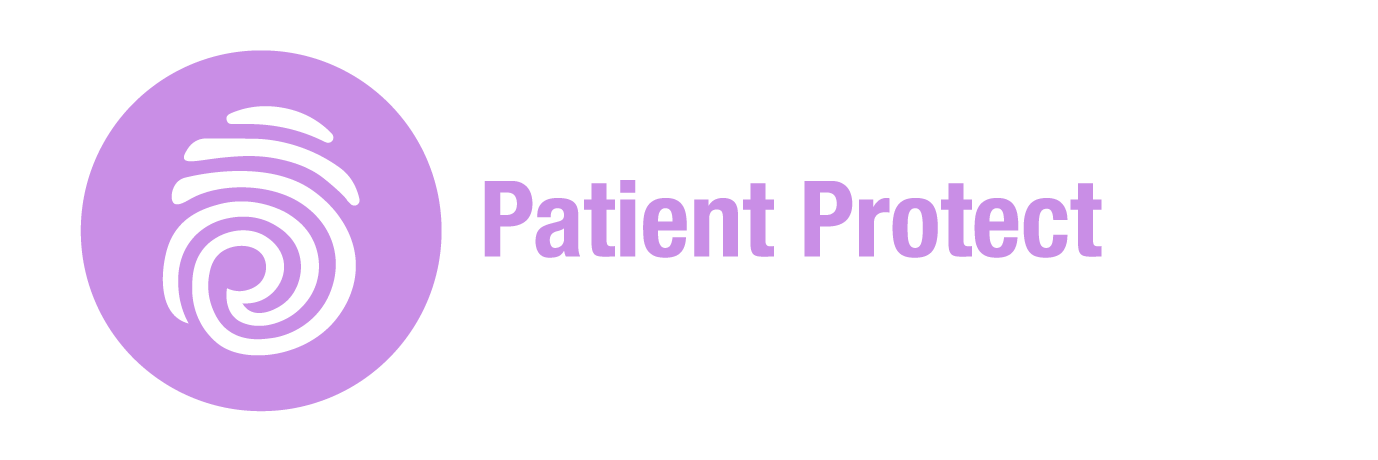Map Your PHI Risks — Master Risk Assessments and Threat Monitoring (Step 2 of 17)
- Patient Protect Editorial Team
- Apr 29
- 3 min read
Updated: May 4
Why Mapping PHI Risk Matters
Most breaches don’t happen because of sophisticated hackers — they happen because practices don’t know where their sensitive data lives, who has access, or how it's being protected.

Mapping your PHI (Protected Health Information) risks is the foundation of a proactive HIPAA program. Without it, you’re flying blind — unable to detect vulnerabilities, document mitigation, or prove compliance when it counts. OCR expects every Covered Entity and Business Associate to:
Conduct formal risk assessments
Monitor threats continuously
Document all mitigation strategies
Reassess risk over time — not just once
If you haven’t documented your PHI risks in the past year (or if your assessment sits in a PDF, untouched), you’re already falling behind.
What Mapping PHI Risks Looks Like
A complete PHI risk map should include:
Where PHI is stored, transmitted, and accessed (EHRs, emails, mobile devices, cloud backups, paper records)
Who has access to what (role-based access control)
How PHI is secured (encryption, MFA, logging)
What risks exist (e.g., shared credentials, unencrypted devices, unsecured faxing)
How those risks are being mitigated (or not)
Required Actions to Comply with HIPAA
Conduct a Full HIPAA Security Risk Assessment (SRA) — annually
Conduct a HIPAA Privacy Risk Assessment — often overlooked but critical
Implement continuous risk/threat monitoring — via audits, alerts, or systems
Document mitigation strategies — what’s being done, by whom, and by when
Perform quarterly mini-assessments — especially after adding new software, staff, or vendors
This isn't just best practice — it's explicitly required under 45 CFR §164.308(a)(1)(ii)(A)–(D).
Common Mistakes
Only doing one type of risk assessment (typically security only)
Completing assessments, but never updating them
Using generic templates with no real documentation of actual risks
Skipping post-assessment mitigation entirely
Not reassessing after major changes to staff, systems, or vendors
Helpful Resources for Risk Assessment
Resource | Description | Link |
HHS Risk Assessment Guidance | Explains the scope and requirements for risk analysis under the HIPAA Security Rule. | |
OCR SRA Tool | A downloadable tool from the Office for Civil Rights to help small practices conduct a HIPAA Security Risk Assessment. | |
NIST SP 800-30 | Risk assessment framework often used by larger health systems and compliance professionals. |
Visualize Your ePHI Risks in Real Time
Knowing your risks is one thing — seeing them is another. That’s why we built the ePHI Data Flow Mapping Tool — a free, interactive resource that helps you visualize exactly how Protected Health Information (PHI) moves through your practice.

From patient intake to billing and referrals, this tool reveals the hidden paths your data takes — including:
Communication systems (email, fax, SMS)
Third-party vendors (EHRs, billing software, cloud tools)
Internal touchpoints (front desk, nurses, providers)
By mapping these flows, you can identify vulnerable junctions and make smarter decisions about:
Risk assessment priorities
Vendor risk exposure
Technical safeguard gaps
Incident response strategies
Try the tool now to see how your data moves — and where it might be at risk: Map Your ePHI Flow
How Patient Protect Helps
Mapping risks shouldn’t require spreadsheets, PDFs, or confusing government tools. The Patient Protect Platform is design to help:
Complete both Security and Privacy risk assessments in minutes.
Track risks, assign mitigation steps, and monitor progress.
Schedule quarterly re-assessments automatically.
Build defensible HIPAA records.
Next Step: Step 3 — Build Bulletproof HIPAA Policies
Once you’ve mapped your risks, your policies need to reflect how you mitigate them.
Next up: Step 3: Build Bulletproof Policies → Check it out!
